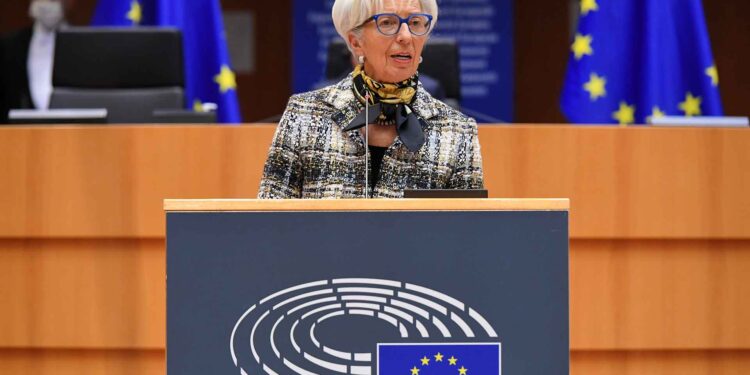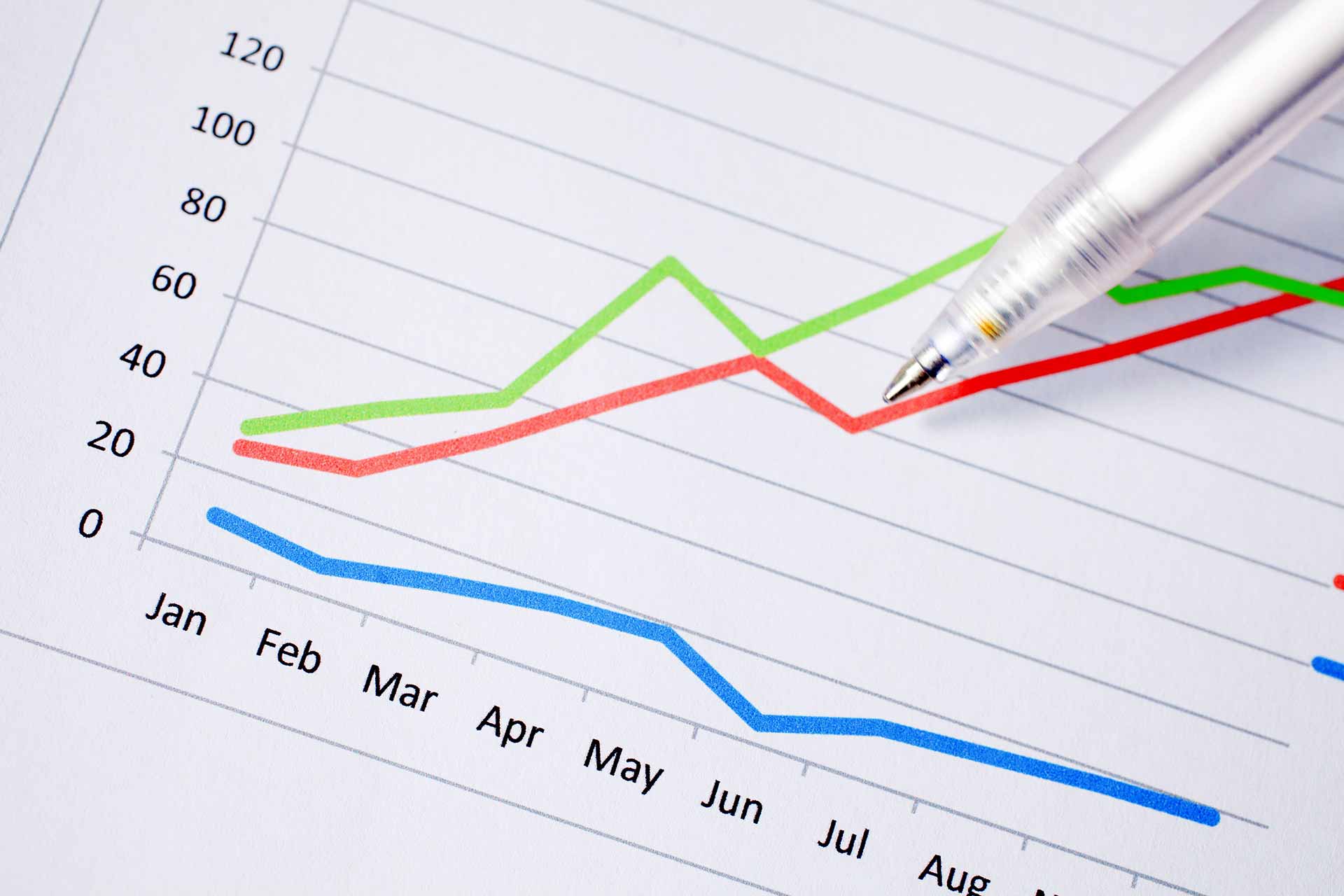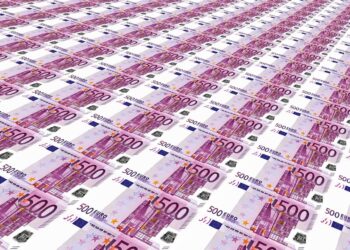A letter signed by 100 economists suggests cancelling of the ECB public debt and Christine Lagarde says that this is ‘unthinkable’. ECB chief Christine Lagarde rejected calls asking to cancel eurozone public debts during the COVID-19 crisis. Cancelling that debt is unthinkable,” ECB President declared to France’s Le Journal du Dimanche weekly.
Cancelling this debt is inconceivable.
It would be in violation of the EU Treaty which strictly prohibits monetary financing. This rule is a fundamental pillar of the common framework underpinning the euro. The EU Treaty has been agreed and ratified freely and voluntarily by EU Member States. Rather than expending so much energy asking for debt to be cancelled, it would be much more worthwhile to focus instead on how this debt should be used, on how public funds will be allocated, on which sectors we should invest in for the future. Those are the things we should currently be talking about.
2021 would be a year of “recovery”
We will not see a return to pre-pandemic levels of economic activity before mid-2022.
ECB President Christine Lagarde forecast that 2021 would be a year of “recovery”. She declares also that the eurozone would not return to pre-pandemic levels of activity “before mid-2022”. All euro area countries will emerge from this crisis with high levels of debt. There is no doubt that they will manage to repay this debt.
At the ECB we remain convinced that 2021 will be a recovery year.
ECB public debt
All euro area countries will emerge from this crisis with high levels of debt. There is no doubt that they will manage to repay this debt. Debt is managed over the long term. Investments made in sectors that are vital for the future will bring stronger growth. The recovery will create jobs and will therefore have a unifying effect. Economies will then have to learn how to function again without the help of any of the exceptional measures that had to be introduced as a result of the crisis.
Christine Lagarde debates on the ECB Annual Report
President of the ECB, at the plenary session of the European Parliament debates on the ECB 2020 Annual Report. Christine Lagarde mentioned that the circumstances could hardly be more different from my first appearance here last year. The pandemic has confronted us with a serious public health and economic crisis. The start of vaccination campaigns provides hope. But people across Europe are still facing the dire social and economic consequences of the virus. The future remains uncertain.
Why don’t we print money for Corona Crisis?
In these circumstances, a close dialogue between the EU institutions is essential for charting a clear way forward and reaching a common European response to common challenges. 2020 will be remembered for the pandemic, which led to an unprecedented economic contraction. The European institutions and the EU Member States reacted swiftly, creatively and resolutely, and the ECB played a vital role.
Grants and loans: What the Recovery EU money will be invested in
Government debt up to 95.1% of GDP in euro area
At the end of the second quarter of 2020, the quarter in which the impacts of the containment measures as well as policy responses to the containment measures fully materialised in increased financing needs, the government debt to GDP ratio in the euro area stood at 95.1%, compared with 86.3% at the end of the first quarter of 2020. In the EU, the ratio increased from 79.4% to 87.8%. Compared with the second quarter of 2019, the government debt to GDP ratio rose in both the euro area (from 86.2% to 95.1%) and the EU (from 79.7% to 87.8%). The sharp increases are due to two factors: government debt increasing sharply, and GDP decreasing.
ECB keeps Zero-rates and boosted PEPP by €600 billion
At the end of the second quarter of 2020, debt securities accounted for 81.6% of euro area and for 81.4% of EU general government debt. Loans made up 15.1% and 15.4% respectively and currency and deposits represented 3.3% of euro area and 3.2% of EU government debt. Due to the involvement of EU Member States’ governments in financial assistance to certain Member States, quarterly data on intergovernmental lending (IGL) are also published. The share of IGL as percentage of GDP at the end of the second quarter of 2020 amounted to 2.0% in the euro area and to 1.7% in the EU.
Reforming the Eurozone: How to Handle Sovereign Debt?
2020 public debt to GDP ratio
Compared with the first quarter of 2020, all Member States registered an increase in their debt to GDP ratio at the end of the second quarter of 2020. The largest increases in the ratio was in Cyprus (+17.1 percentage points – pp), France (+12.8 pp), Italy (+11.8 pp), Spain (+11.1 pp), Croatia and Belgium (both +11.0 pp), Slovakia (+10.6 pp) and Greece (+10.5 pp).
Compared with the second quarter of 2019, all Member States but Ireland (-0.3 pp) registered an increase in their debt to GDP ratio at the end of the second quarter of 2020. The largest increases in the ratio recorded in France (+14.9 pp), Belgium (+12.9 pp), Italy (+11.9 pp), Spain (+11.7 pp), Slovakia (+11.1 pp), Slovenia (+10.8 pp) and Austria (+10.7 pp).















